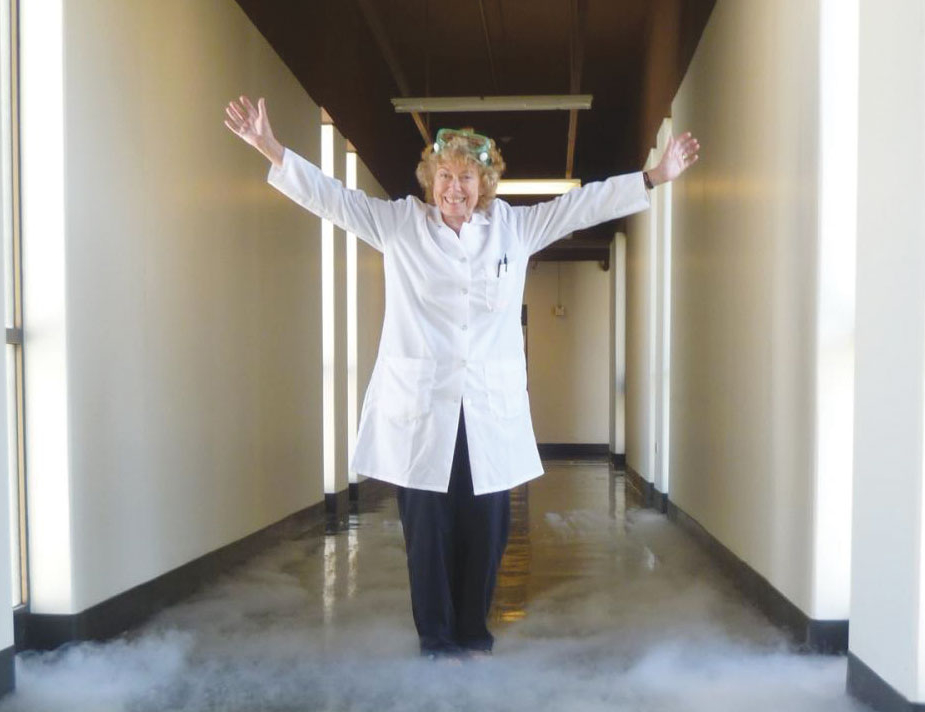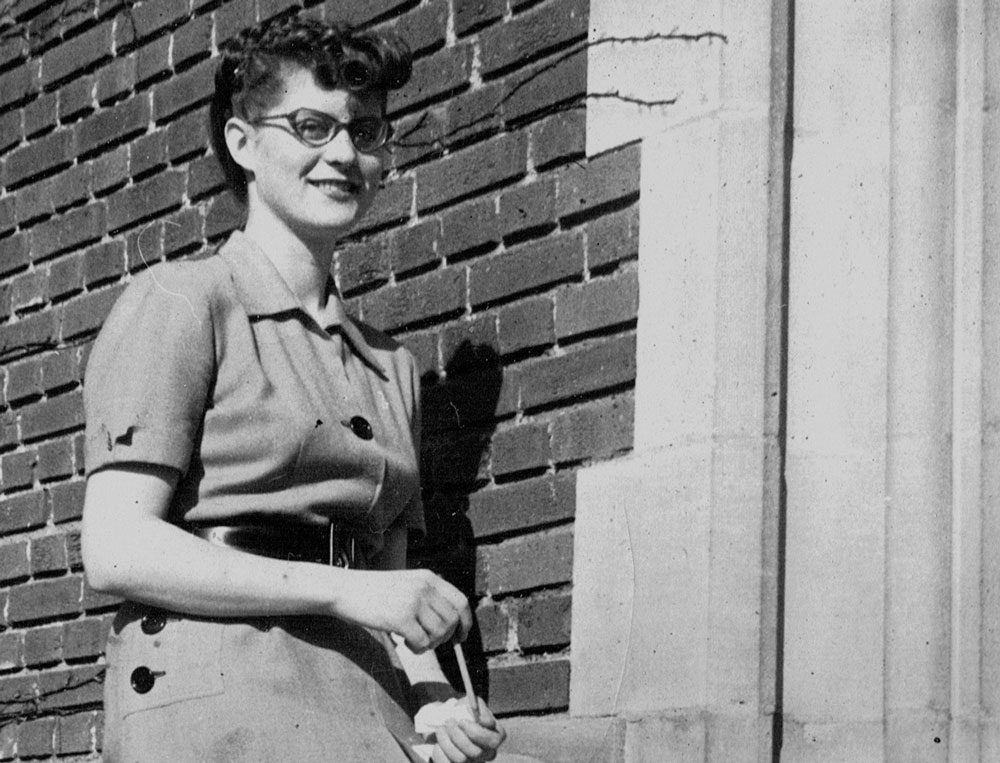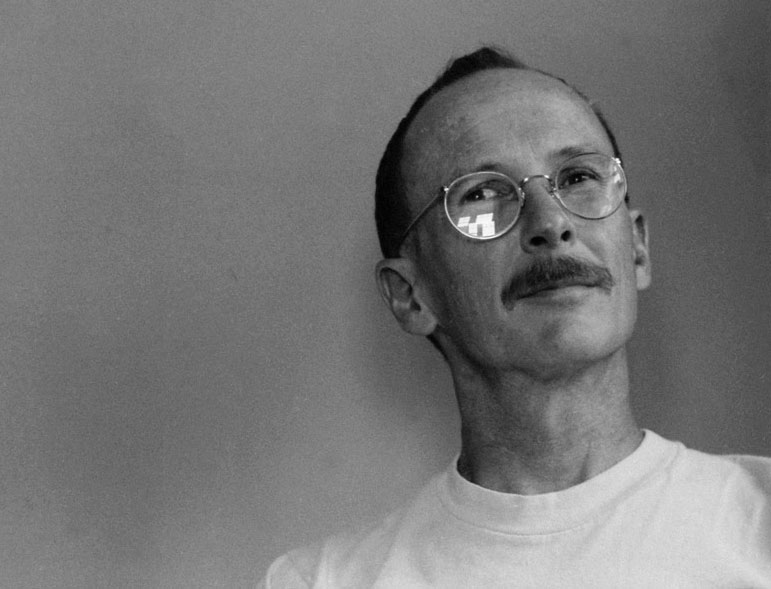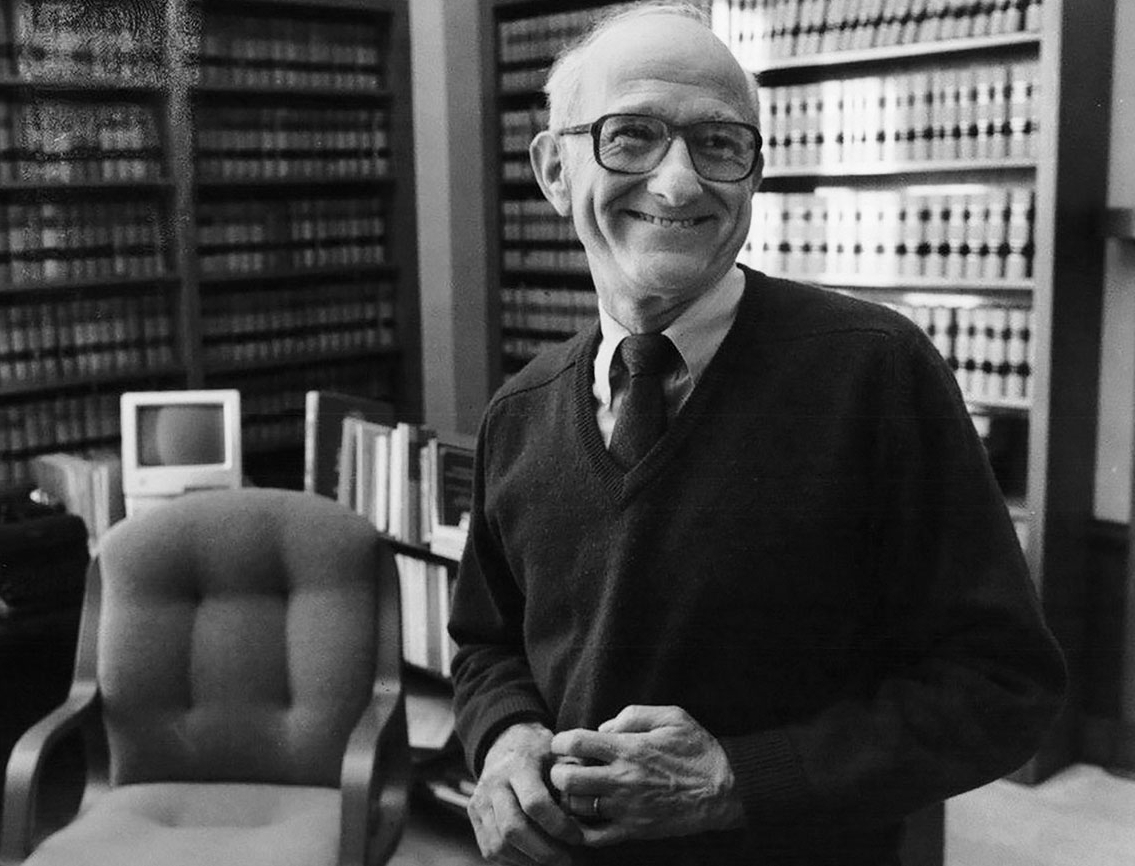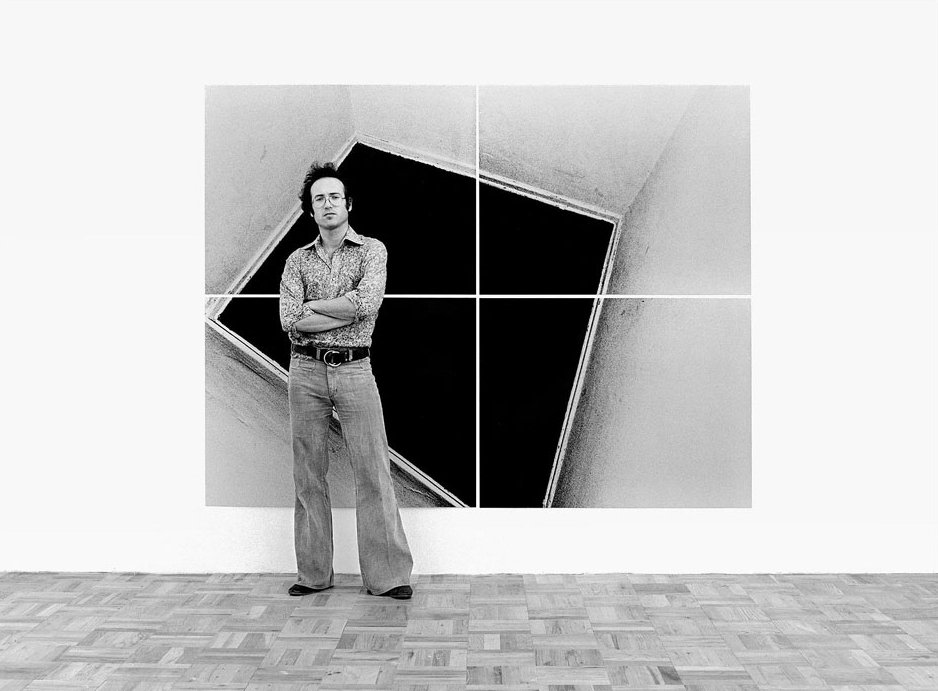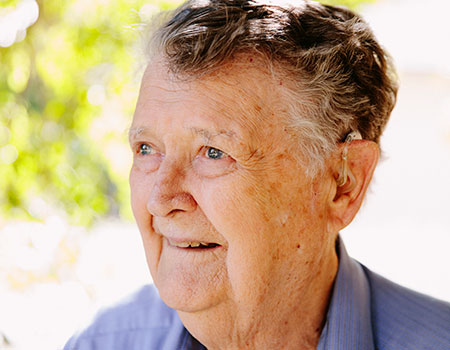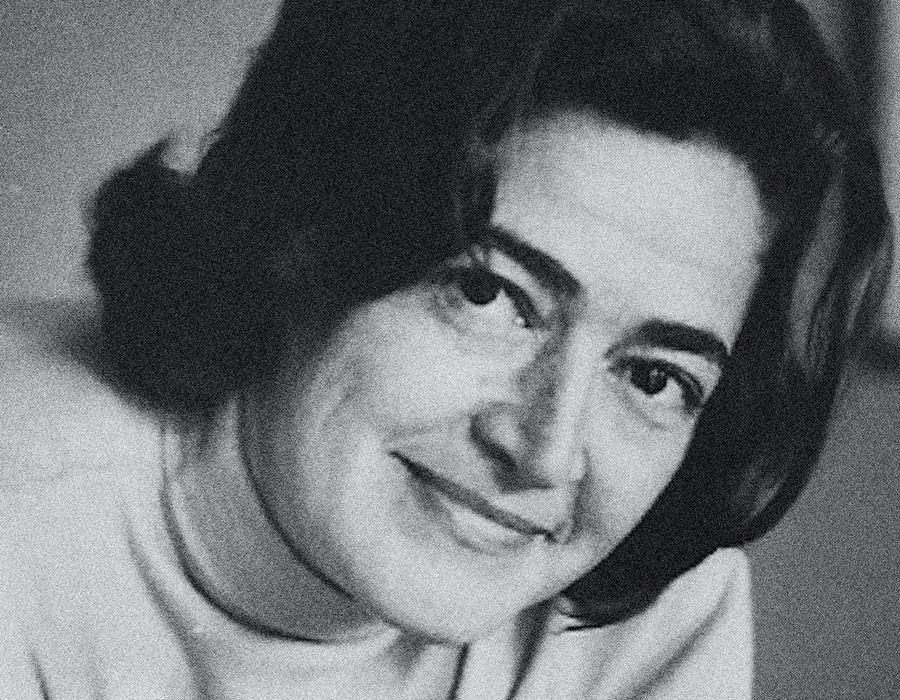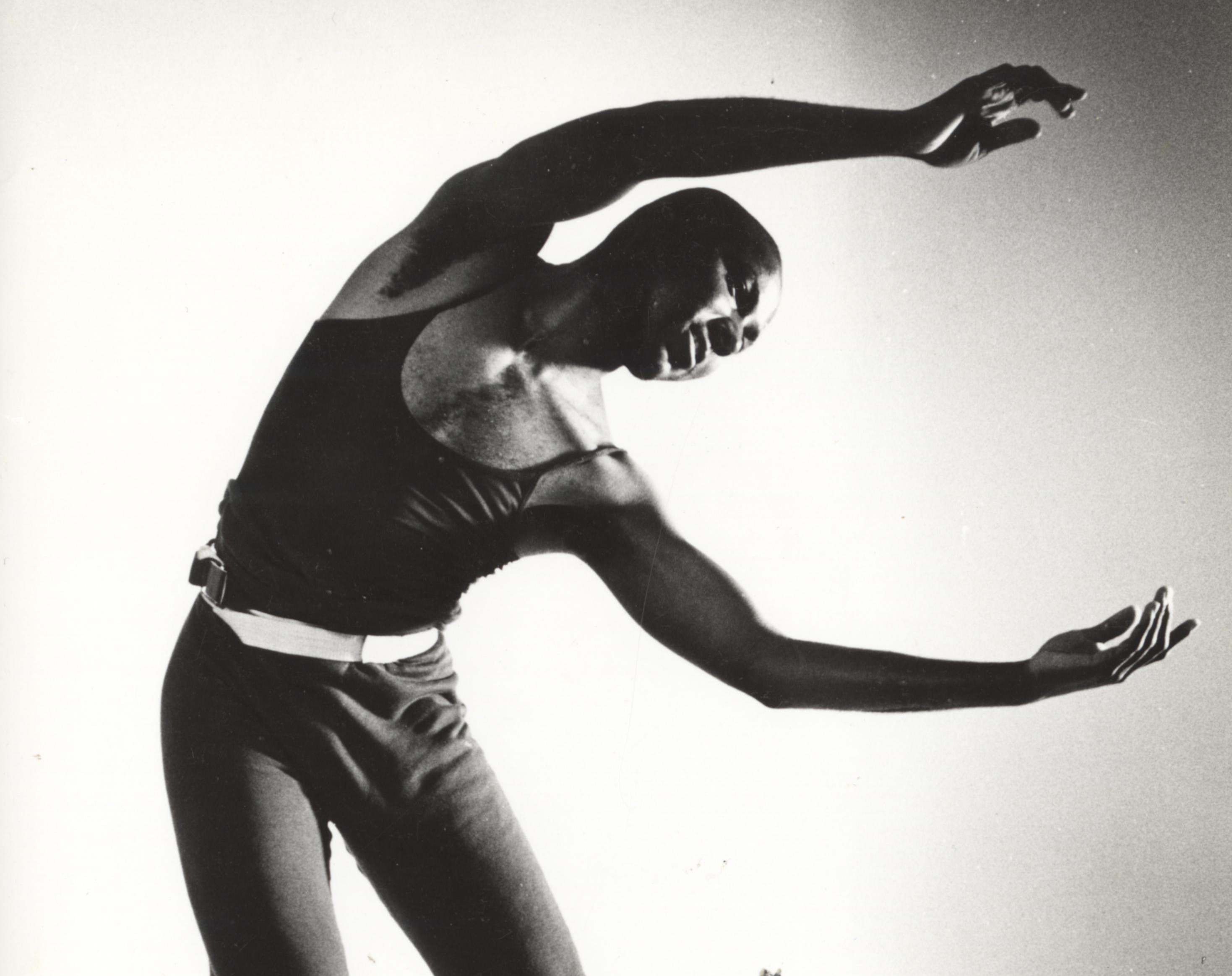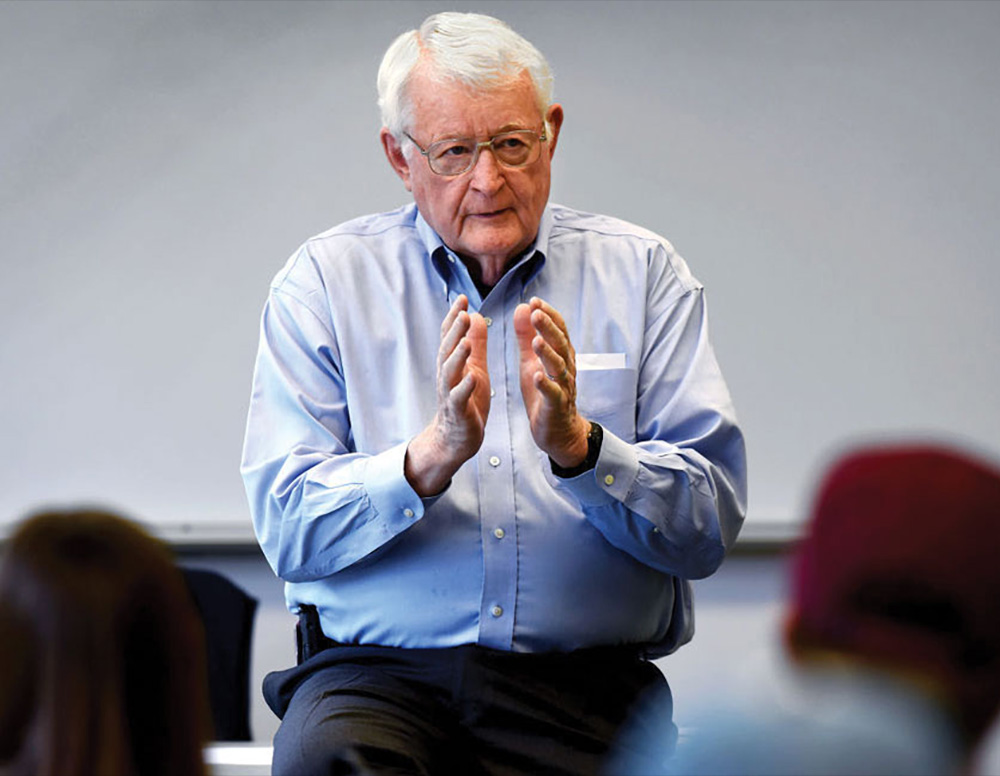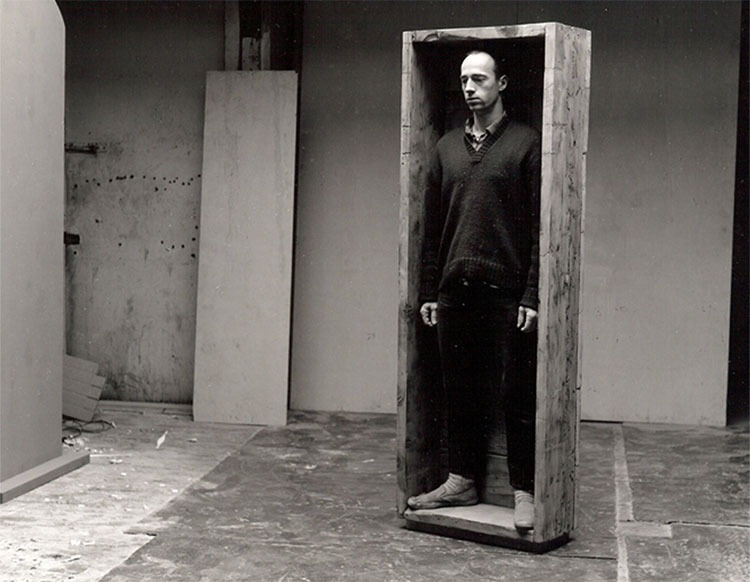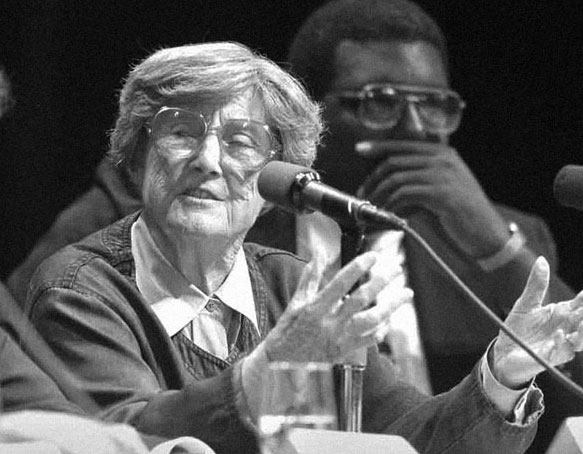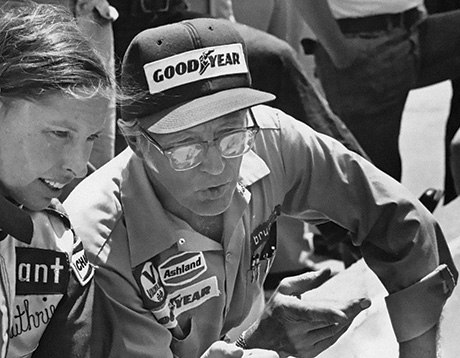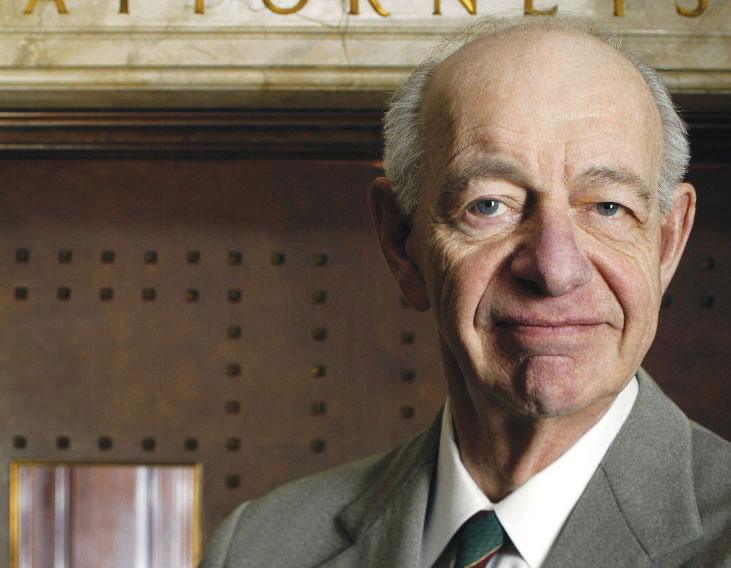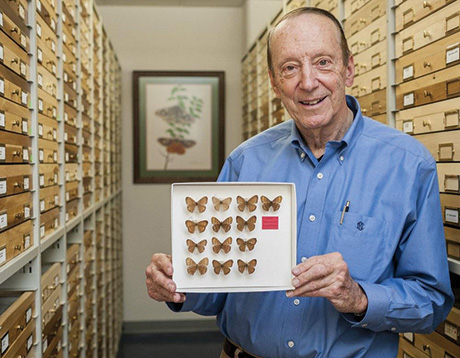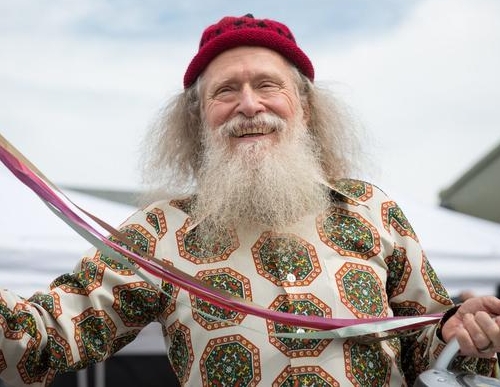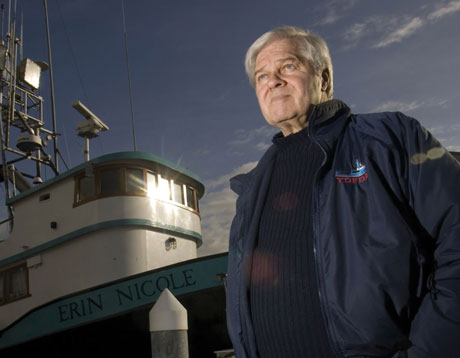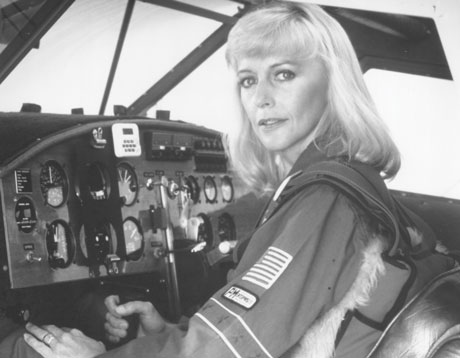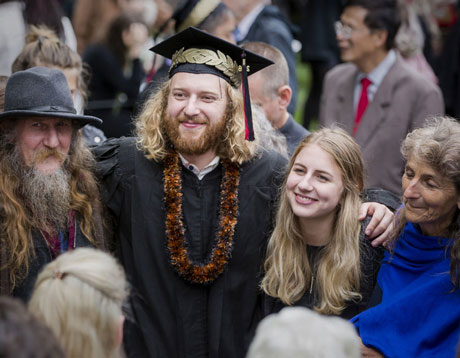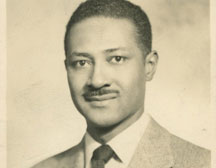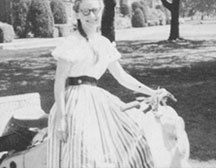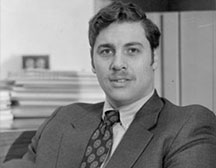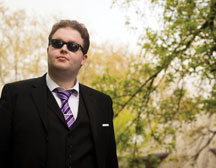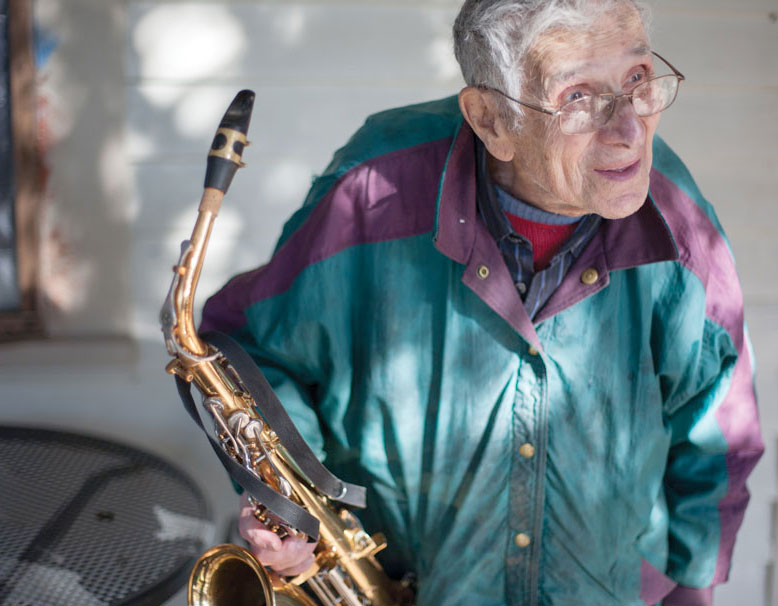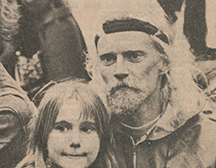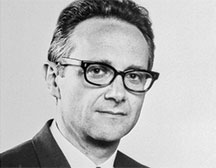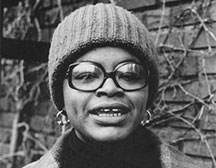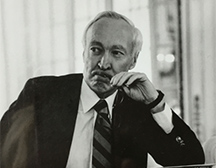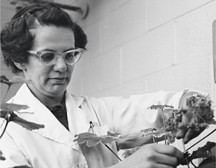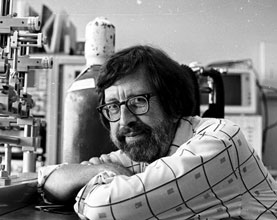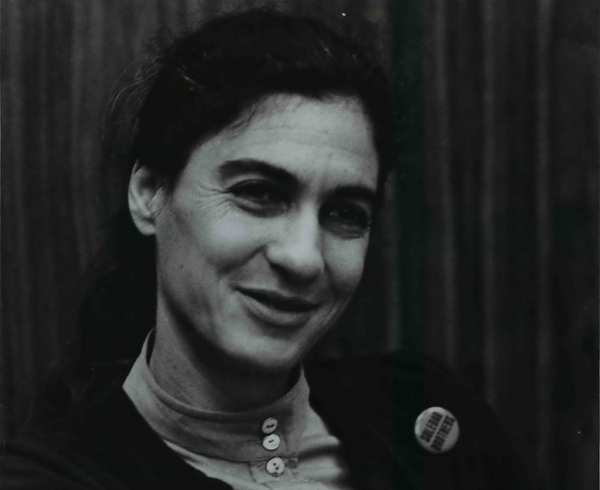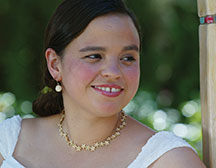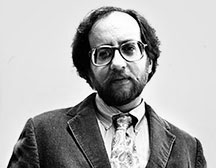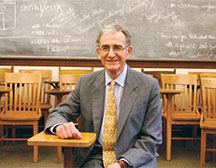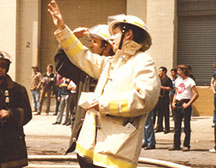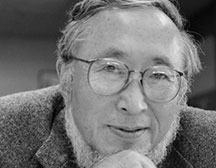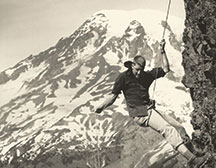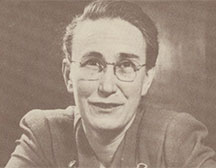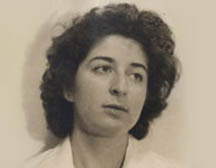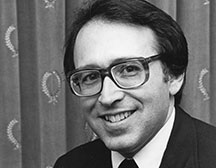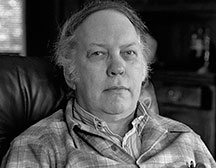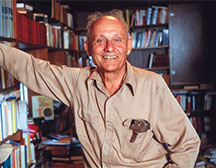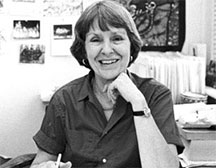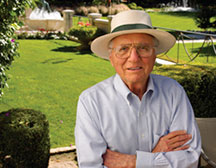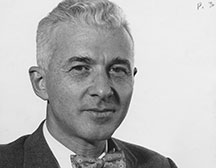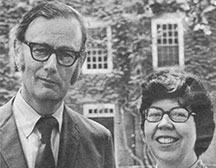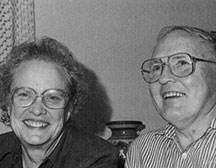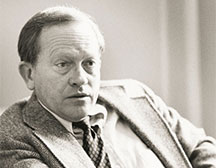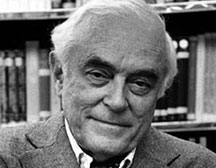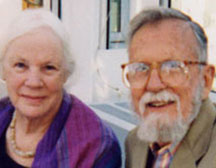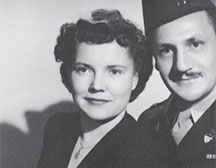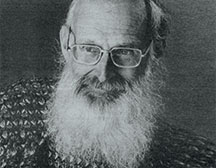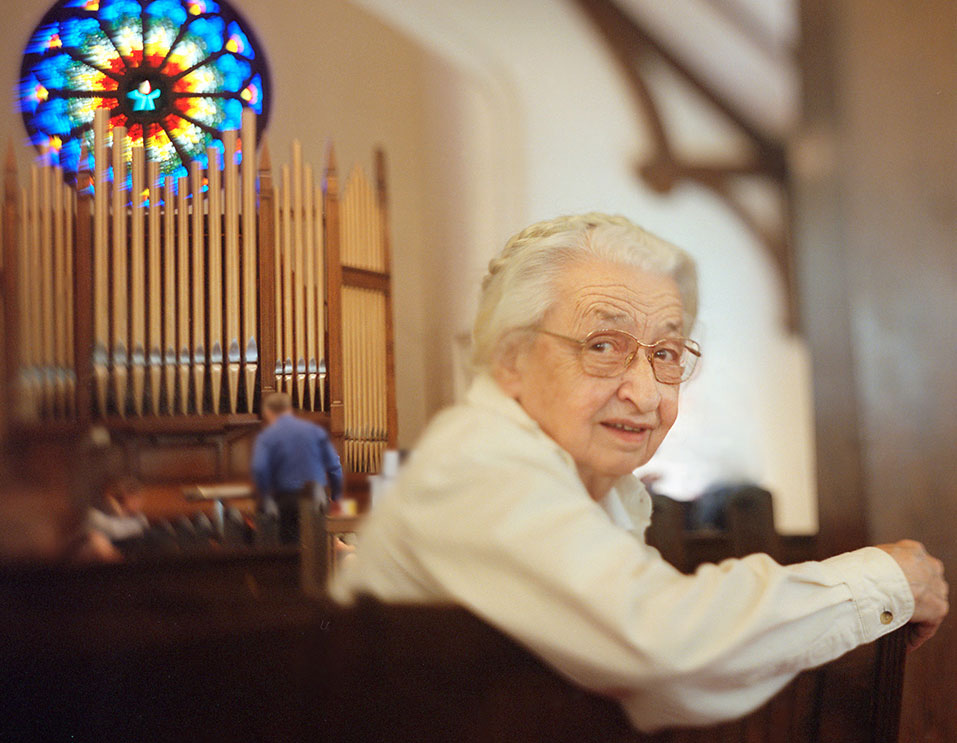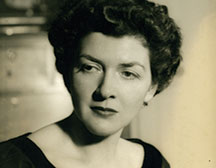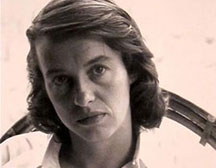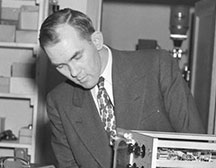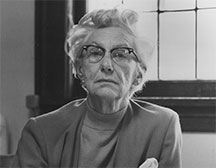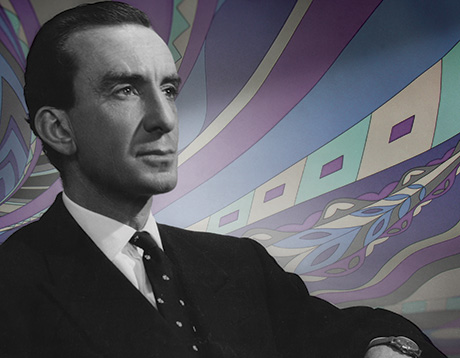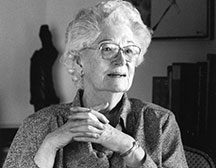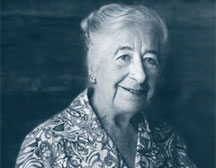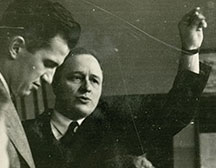Particle physicist stopped bulldozers from razing Hidden Peak
B. Gale Dick ’50
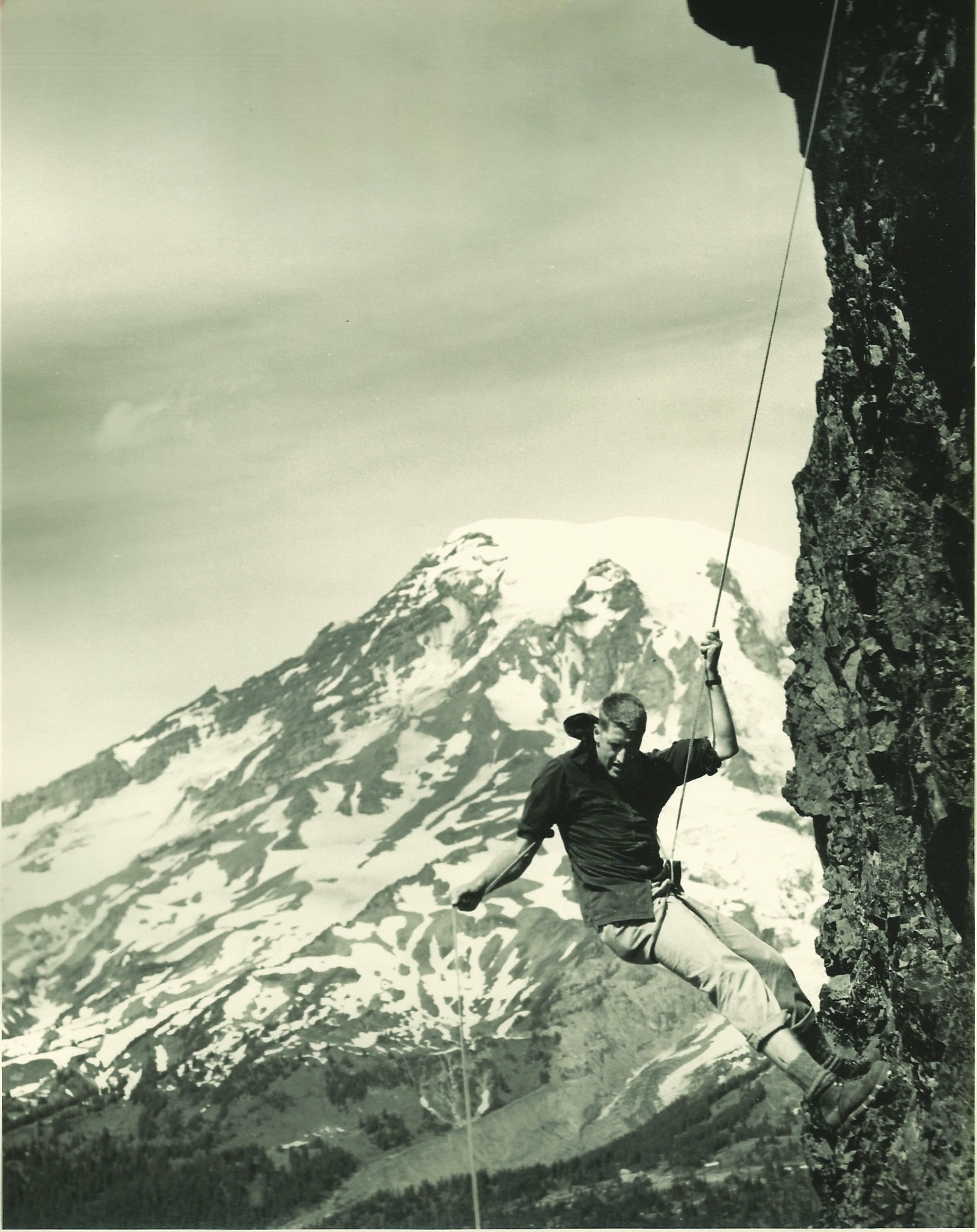
Gale rapells in Washington’s Tatoosh Mountains in 1949
Bertram Gale Dick ’50, July 18, 2014, in Salt Lake City, Utah. A physicist and conservationist who played a key role in saving Utah’s Wasatch Mountains from development, Gale grew up in north Portland, an hour away from Reed by trolley. His grandparents had homesteaded in the Blue Mountains of eastern Oregon, and his mother and his father met on a stagecoach. Gale graduated from Roosevelt High School in 1944 and served in the U.S. Navy during World War II, including a spell in the jungle interior of Guam. “I’d often thought, if I’d been born a year earlier, I might not have survived the war,” he told Cricket Parmalee ’67 in an interview in 2007. At 19, on a naval transport bound for Hawaii, Gale decided that he would become a physicist. After the war, Reed offered him a scholarship and he enrolled as a day-dodger for his first year. “Portland has a wonderful, wonderful library, and I remember spending a lot of time there when I was in high school. I got all interested in astronomy, and I looked at all these books. Some of them, some of the better ones, were full of mathematical symbols, and I thought, ‘Ooh, this is magical! There must be something profoundly and mystically right about anything that’s expressed in such beautiful symbols.’ I wanted to know how to read those books, and that was what I learned how to do.”
Gale was also interested in music. His first violin teacher was an itinerant music salesman. He progressed rapidly in his studies and became a member of Portland’s Junior Symphony. “This was the love affair of my life, to get involved in that kind of music, which I didn’t even know existed.” Prof. Herb Gladstone [music 1946–80] taught him to play the piano, and he performed in Sound Experiments and in Gilbert and Sullivan productions. Gale and his classmates often sang after dinner in commons. While mopping and sweeping the floors of Eliot Hall on Herr Robert Brunner’s weekend janitor crew, Gale and other students sang—“especially in the lavatories, because they have wonderful acoustics.” This experience carried over to the 50th class reunion, when the classmates gathered and old songs resurfaced, one after another. (Years later, Gale played violin in various chamber music groups and helped found the Chamber Music Society of Salt Lake City.)
As a veteran of war, Gale felt a sense of urgency and a “tremendous striving” to make the right choices and to take advantage of all that the college offered. Other veterans attending Reed had served with the 10th Mountain Division and were experienced mountaineers and knew how to ski. “Here were all the rest of us who had never skied, had never climbed a mountain, and so on, and they said, ‘Come with us. We’ll show you how to do this stuff.’ As it turned out, I just loved this, and couldn’t get enough of it.” On the slopes, he met a science major named Ann Volkmann [’50], a record-setting skier from Vermont. They married in 1956. He formed many lifetime friendships at Reed, and traveled with Dick Ivey ’50 to Nepal, accompanied by their sons.
During his sophomore year, Gale roomed with Mark L. Woodbury ’50, Martin L. Murie ’50, and Mark E. Knoell ’52 and was elected class president. The only duty assigned to that position by “some sort of obscure tradition,” he said, was to be captured at an unexpected moment. “I was watching out for it, and I was being chased around the campus.” He asked infirmary nurse Martha Hale Scherer [1946–49] for refuge and she suggested he climb out on the roof. “I was spotted by the people who were trying to capture me, and then—I would never dream of trying to do it today—I jumped off the roof—didn’t hurt myself—and ran as fast as I could, which wasn’t fast enough.” His captors drove him east of Portland, stripped him of certain appurtenances of male attire, and left him thus depantsed to find his way back to campus.
Gale studied with Prof. A.A. Knowlton [physics 1915–48], Prof. Ray Ellickson [physics 1946–48], and he wrote his thesis, “Thermal Neutron Induced Radioactivity in Samples of Natural Tin and Tin Enriched in Sn¹²⁴,” with Prof. Leo Seren [physics 1948–50]. “I don’t think I ever would have understood that the academic life was the one that was going to fit me as a person unless I’d had that experience at Reed. It pushed me on my way. I hadn’t realized how many things I was interested in, or could be interested in.” In his senior year, he was chosen to be a Rhodes Scholar, and after his selection was announced he returned to his room in Winch. “A whole bunch of my friends and other students came, and—I just thought about this the other day. It still touches me—they sang. They serenaded me. It was lovely.” The four years at Reed cast the longest shadow of almost any experience in his life, he later said.
Gale studied at Oxford University for three years and earned a PhD at Cornell University, with a postdoctoral fellowship at the University of Illinois, Urbana. He joined the University of Utah’s physics faculty in 1959, where he specialized in condensed matter theory, writing some 50 papers. He also taught more than 20 different courses at all levels, from freshman to advanced graduate, until retiring in 1998. Honors for teaching included the Frederick William Reynolds Lecturer, Outstanding Physics Teaching Award, Distinguished Teaching Award, and Fulbright and NSF grants. “I became a very good teacher, and I think part of that had to do with my experience at Reed.” His memories of Reed’s humanities courses inspired him to create a course at Utah titled “Intellectual Traditions of the West,” which explored 2,500 years of intellectual and scientific history.
In 1972, he cofounded Save Our Canyons, establishing the conservation group with a bumper sticker, a pamphlet, and a plan for a Lone Peak Wilderness. Today, the conservation group is credited with the establishment of three wilderness areas in the central Wasatch and 3,000 members. Gale’s work grew out of his many years spent hiking, camping, and skiing with Anne and their children in the Cascades, the Wasatch, the Wind River Range, the Tetons, the Alps, and the Himalayas. In 2013, the League of Women Voters recognized his “indefatigable efforts” to protect the wildness and beauty of the Wasatch mountains, canyons, and foothills. He also received the Pa Parry Award, the Alexis Kelner Conservation Award, the Pfeifferhorn Conservation Leadership Award, and the Norma Matheson Outstanding Volunteer Award. Salt Lake City mayor Ben McAdams called Gale a community treasure. “He is an intelligent, informed, and ethical advocate for the preservation of a precious natural asset. Gale is a wonderful example of how public engagement helps achieve outcomes that benefit our entire community.”
Responding to Gale’s death, Carl Fisher, executive director of Save Our Canyons, remarked: “Gale Dick was so many things to so many people. He touched thousands of lives throughout our community. For Gale, the adventure of Save Our Canyons started and ended with bulldozers atop Hidden Peak. He loved the mountains surrounding our community and he organized Save Our Canyons in effort to elevate the voice of others in the region about the importance of the Wasatch Mountains, and worked tirelessly to defend them. Not only did he love the mountains, he dearly loved the community they support: the people, the plants and animals, the history, the powder, the place.” The Deseret News reported, “Gale will be remembered for his generous spirit, his boundless energy, intellect, and curiosity, his unquenchable laugh, his effortless happiness, and his ability to instill these characteristics in those fortunate enough to spend time with him.”
Survivors include Anne; their children, Timothy, Robin, and Stephen; seven grandchildren, and two great-grandchildren.
Appeared in Reed magazine: December 2014
comments powered by Disqus
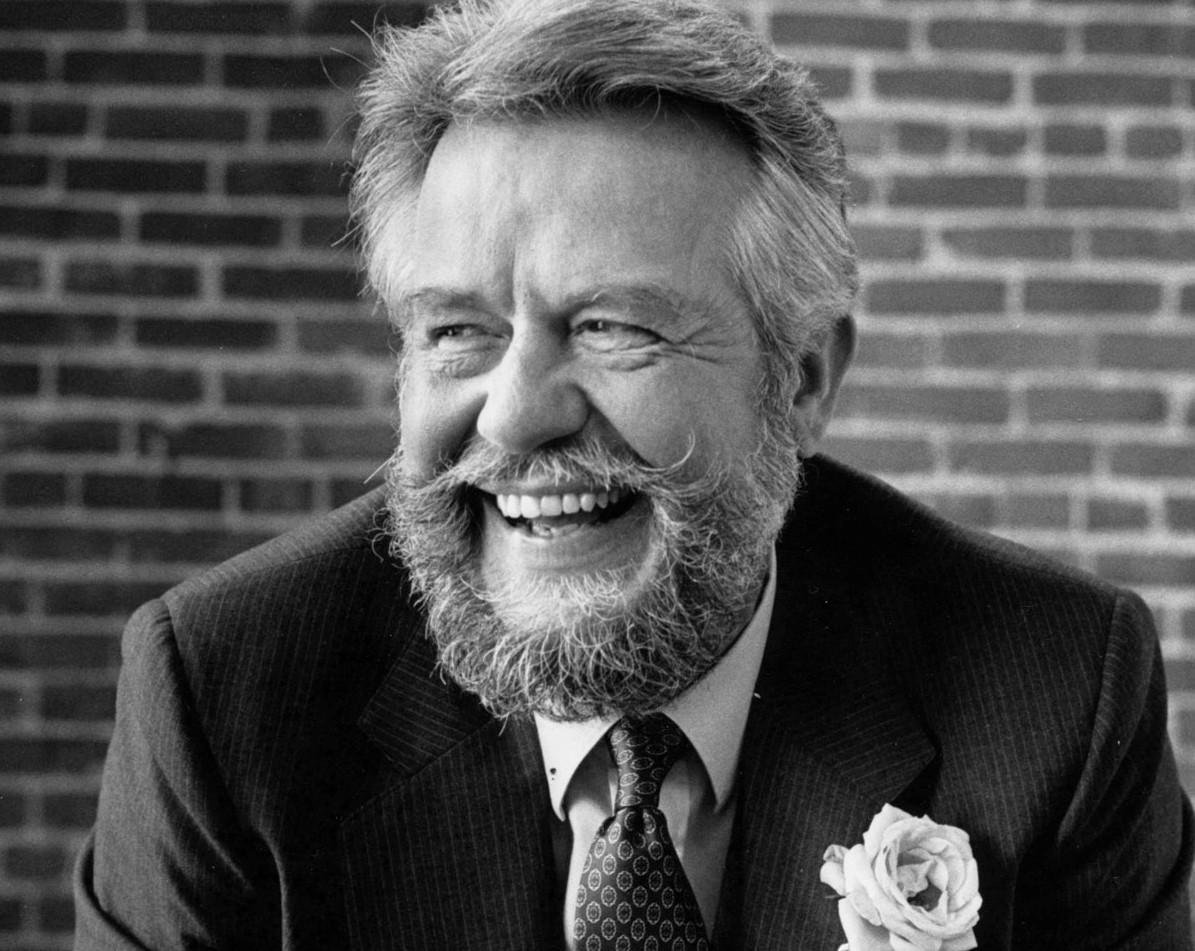
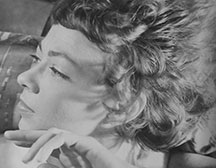
![Photo of Prof. Marvin Levich [philosophy 1953–94]](https://www.reed.edu/reed-magazine/in-memoriam/assets/images/2022/LTL-levich1.jpg)
![Photo of President Paul E. Bragdon [1971–88]](https://www.reed.edu/reed-magazine/in-memoriam/assets/images/2020/Bragdon.jpg)
![Photo of Prof. Edward Barton Segel [history 1973–2011]](https://www.reed.edu/reed-magazine/in-memoriam/assets/images/2020/Segel.jpg)
